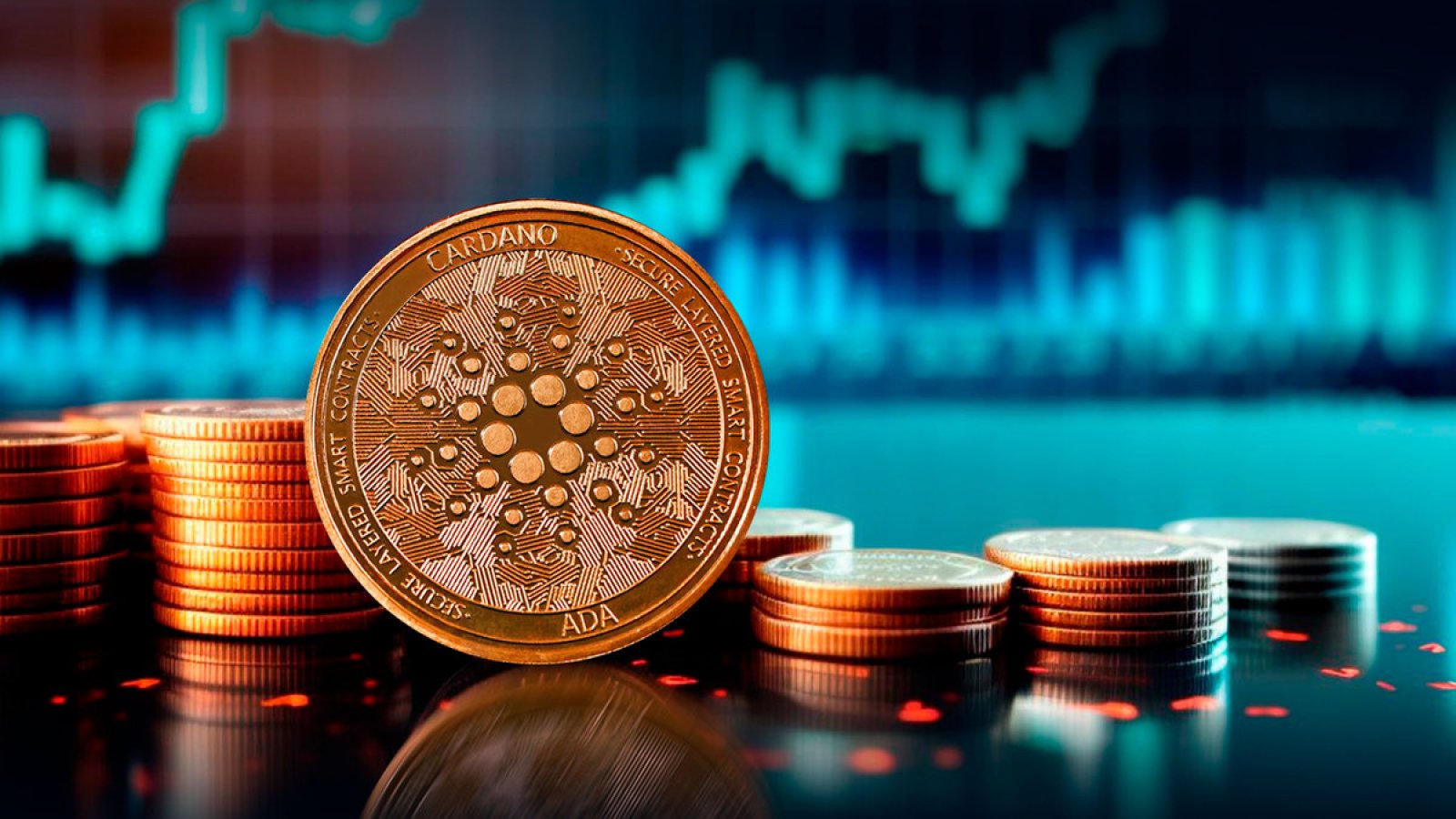Disclaimer: The opinions expressed by our writers are their own and do not represent the views of U. Today. The financial and market information provided on U.Today is intended for informational purposes only. U.Today is not liable for any financial losses incurred while trading cryptocurrencies. Conduct your own research by contacting financial experts before making any investment decisions. We believe that all content is accurate as of the date of publication, but certain offers mentioned may no longer be available.
Disclaimer: The opinions expressed by our writers are their own and do not represent the views of U. Today. The financial and market information provided on U.Today is intended for informational purposes only. U.Today is not liable for any financial losses incurred while trading cryptocurrencies. Conduct your own research by contacting financial experts before making any investment decisions. We believe that all content is accurate as of the date of publication, but certain offers mentioned may no longer be available.
Cardano, a major blockchain platform noted for its scientific rigor and peer-reviewed research, currently sees its ADA coin ranked as the eighth largest by market cap, according to CoinMarketCap.
Amid significant excitement surrounding its latest updates aimed at enhancing network performance, scalability and interoperability, Cardano (ADA) cryptocurrency has all the chances to solidify its dominance in the blockchain industry.
These advancements are expected to have a considerable impact on the broader landscape of digital currencies and decentralized applications, emphasizing Cardano’s (ADA) ongoing significance in the sector.
Alongside Bitcoin breaking all-time highs twice in a single week, Cardano’s price has also been experiencing a notable surge, nearly hitting its $0.7461 all-time high, showcasing growing investor confidence and market dynamics favoring Cardano’s technological and infrastructural developments. Analysts indicate a number of reasons why Cardano’s price is hitting a local high this month.
The Chang hard fork, anticipated in the first half of 2024, signifies a major shift toward decentralized governance for Cardano.
This transition is crucial for various reasons:
It aims to democratize the governance structure, ensuring that decisions reflect the community’s will. By involving ADA holders directly in governance, it aligns with the broader ethos of blockchain technology, which emphasizes decentralization and community participation.The move toward decentralized governance is expected to foster a more engaged and active community, contributing to the network’s resilience and adaptability.
This update is carefully designed to steer the network toward a governance model that is more decentralized, with the primary goal being to enhance ADA holders’ involvement in the decision-making processes that determine the network’s direction.
Cardano’s 2024 began with key technological releases aimed at boosting its ecosystem’s performance, scalability and interoperability.
A highlight is Hydra version 0.15.0, a layer-2 scaling solution designed to enhance transaction throughput and efficiency, crucial for supporting a higher volume of transactions while maintaining the network’s robust security.
Additionally, the Marlowe TypeScript SDK 0.3.0-beta was introduced, facilitating the creation, testing and deployment of financial smart contracts on Cardano, significantly contributing to the platform’s decentralized finance (DeFi) capabilities.
Alongside these, updates to Cardano’s Node and Lace addressed key issues and introduced improvements, further solidifying the network’s infrastructure and user experience. These advancements underscore Cardano’s ongoing commitment to innovation and its dedication to meeting the blockchain community’s needs.
Sebastien Guillemot’s recent announcement about Cardano integrating with Arbitrum and Mina Protocol has sparked considerable interest within the blockchain community. This collaboration represents a strategic move to enhance Cardano’s scalability and interoperability, potentially setting a new standard for cross-chain communication. By partnering with Arbitrum, a layer-2 scaling solution, and Mina Protocol, known for its lightweight blockchain design, Cardano aims to improve transaction efficiency and expand its use cases. These integrations could significantly influence the broader blockchain ecosystem, encouraging more seamless interactions between different networks and fostering a more interconnected blockchain landscape.
Cardano has seen a remarkable surge in the deployment of both V1 and V2 Plutus smart contracts, showcasing the platform’s growing utility and developer interest. This explosive growth highlights Cardano’s rising prominence within the blockchain ecosystem, especially in decentralized applications (dApps).
To further enhance this momentum, significant improvements have been made to the Plutus Core language, which is central to Cardano’s smart contract capabilities. These enhancements aim to boost the performance and efficiency of smart contracts on the platform.
By optimizing the Plutus Core language, developers can now create more complex and resource-efficient smart contracts, paving the way for innovative applications and services on Cardano.
When considering the purchase of Cardano, it is essential to look beyond the hype and assess the fundamental value and potential of the ADA token. While many platforms offer the ability to buy ADA, thorough research and a critical approach to market trends are crucial.

